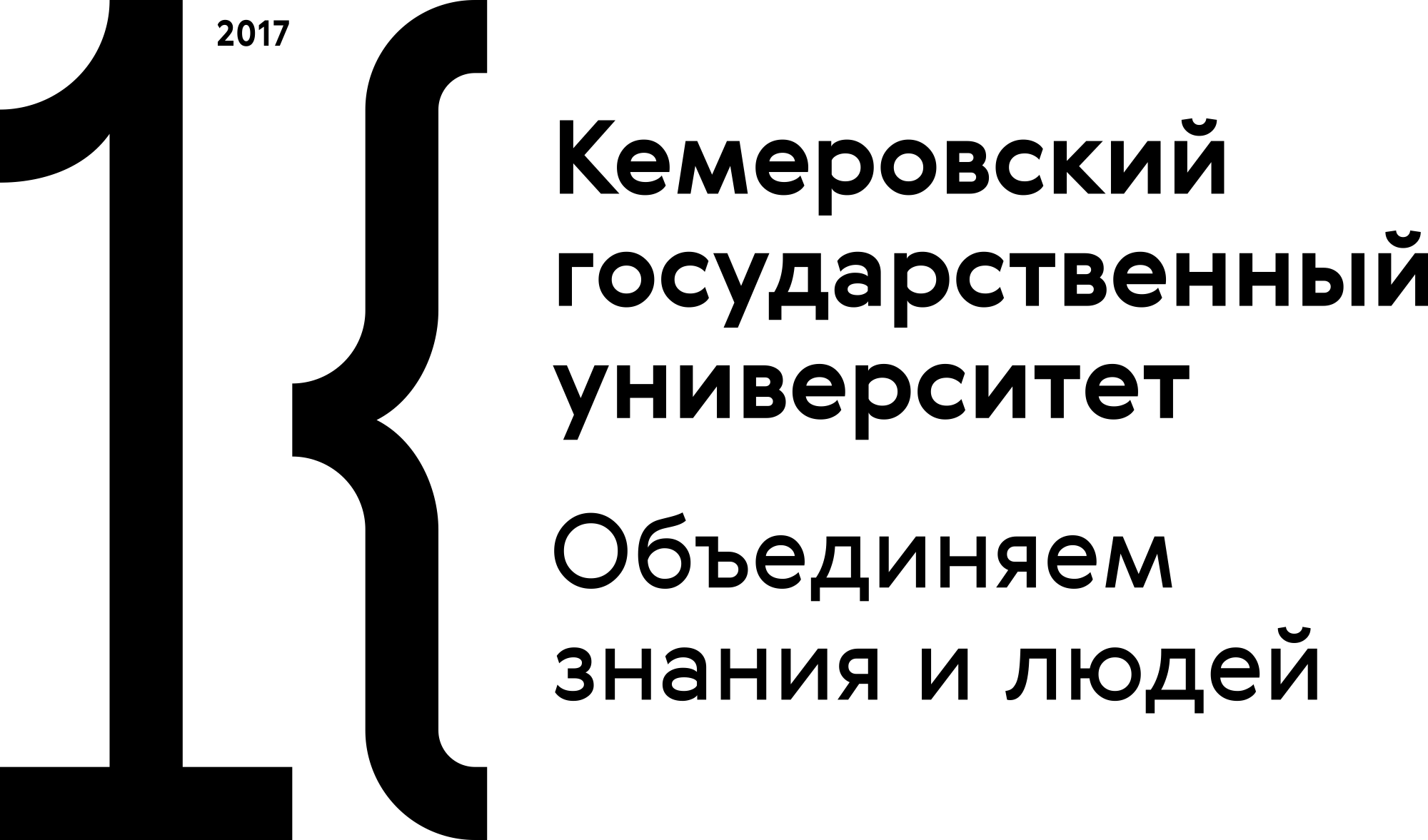Russian Federation
Russian Federation
Russian Federation
CSCSTI 27.01
CSCSTI 31.01
CSCSTI 34.01
The optimization of planning and realization of extraction and extractive distillation demand an in-depth qualitative and quantitative study of phase equilibria between aliphatic benzene hydrocarbons and solvents. In the chemical industry it is important to consider the properties of aliphatic benzene hydrocarbons when producing synthetic rubbers, plastics, synthetic fibers, explosive, aniline-ink and pharmaceutical substances. The results of study of physical and chemical properties of aliphatic benzene hydrocarbons can be applied in the automotive and aviation industry. The thermodynamic properties of fuel and mixtures should be studied to assistance a wider use of renewable types of fuel for motor transport. It is necessary to make a connection between the quality of fuel and the productivity of the engine. Aliphatic benzene hydrocarbons have high octane numbers therefore their presence in gasolines is quite desirable. On the other hand, their existence in diesel fuels impairs the fuel combustion process. Model PCEAS (Phase Chart Eutectic and Azeotropic Systems) allows to calculate activity coefficients and the liquid-solid and liquid-vapor equilibrium with a constant pressure on the basis of the Gibbs free energy minimization method, and also the parameters of eutectic and azeotropic points in the systems on the basis of aliphatic benzene hydrocarbons (benzene and monoalkylbenzenes with the normal alkyl chain) has been provided.
Aliphatic benzene hydrocarbons, enthalpy and melting temperature, enthalpy of vaporization and boiling point, phase transitions liquid-solid, liquid-vapor
1. 1. Moreau A., Segovia J.J., Rubio J., and Martín M.C. Thermodynamics properties, VLE and H-E, of the systems 2-pentanol and cyclohexane or methylbenzene for contributing to the knowledge of new biofuels. Fluid Phase Equilibria, 2016, vol. 409, pp. 92-97. DOI:https://doi.org/10.1016/j.fluid.2015.09.035.
2. 2. Moreau A., Martín M.C., Chamorro C.R., and Segovia J.J. Thermodynamic characterization of second generation biofuels: Vapour-liquid equilibria and excess enthalpies of the binary mixtures 1-pentanol and cyclohexane or toluene. Fluid Phase Equilibria, 2012, vol. 317, pp. 127-131. DOI:https://doi.org/10.1016/j.fluid.2012.01.007.
3. 3. Pequenín A., Asensi J.C., and Gomis V. Vapor-liquid-liquid equilibrium and vapor-liquid equilibrium for the quaternary system water-ethanol-cyclohexane-toluene and the ternary system water-cyclohexane-toluene. Isobaric experimental determination at 101.3 kPa. Fluid Phase Equilibria, 2011, vol. 309, iss. 1, pp. 62-67. DOI:https://doi.org/10.1016/j.fluid.2011.06.033.
4. 4. Fendu E.M., Nicolae M., and Oprea F. Vapour-liquid equilibrium for tripropylene glycol + aromatic hydrocarbons binary systems: Measurements and modeling. Fluid Phase Equilibria, 2016, vol. 425, pp. 188-195. DOI:https://doi.org/10.1016/j.fluid.2016.05.032.
5. 5. Rodrigues Mesquita F.M., Pinheiro R.S., Sant’Ana H.B. and Santiago-Aguiar R.S. Removal of aromatic hydrocarbons from hydrocarbon mixture using glycols at 303.15 K and 333.15 K and atmospheric pressure: experimental and calculated data by NRTL and UNIQUAC models. Fluid Phase Equilibria, 2015, vol. 387, pp. 135-142. DOI:https://doi.org/10.1016/j.fluid.2014.12.027.
6. 6. Reid R.C., Prausnitz J.M., and Sherwood T.K. Svoystva gazov i zhidkostey [The Properties of Gases and Liquids]. New York: McGraw-Hill Education, 1977.
7. 7. Zefirova N.S. Khimicheskaya entsiklopediya [Chemical encyclopedia]. Moscow: Great Russian encyclopedia Publ., 1995.
8. 8. Nikol’skiy B.P. Spravochnik khimika [A chemist’s reference book]. Leningrad: Chimiya Publ., 1966. 1072 p.
9. 9. Dreisbach P.P. Physical properties of chemical compounds. Advances in Chemistry, 1961, vol. 22, pp. 1955-1959.
10. 10. Esina Z.N. and Korchuganova M.R. Temperatura plavleniya i temperatura kipeniya organicheskikh komponentov [Melting and boiling temperatures of organic components]. Izvestiya vuzov. Khimiya i khimicheskie tekhnologii [News of institutes of higher education. Chemistry and chemical technology], 2015, vol. 58., iss. 4, pp. 26-29.
11. 11. Esina Z.N. and Korchuganova M.R. Predicting the enthalpies of melting and vaporization for pure components. Russian Journal of Physical Chemistry, 2014, vol. 88, iss. 12, pp. 1893-1899. DOI:https://doi.org/10.7868/S0044453714120073.
12. 12. Filippov L.P. Prognozirovanie teplofizicheskikh svoystv zhidkostey i gazov [Predicting Thermal Physical Properties of Liquids and Gases]. Moscow: Energoatomizdat Publ., 1988. 168 p.
13. 13. Korchuganova M.R., Esina Z.N., and Murashkin V.V. Vozmozhnosti modeli PCEAS dlya rascheta fazovykh ravnovesiy zhidkost’-tverdoe i zhidkost’-par pri postoyannom davlenii [Opportunities of PCEAS model for calculation of phase equilibria liquid-solid and liquid-vapor at constant pressure]. Izvestiya vuzov. Seriya: Khimiya i khimicheskaya tekhnologiya [News of institutes of higher education. Series: Chemistry and chemical technology], 2014, vol. 57, no. 1, pp. 43-46.
14. 14. Esina Z.N., Murashkin V.V., and Korchuganova M.R. Fazovaya diagramma Evtekticheskaya i azeotropnaya sistema (PCEAS) [Phase Chart Eutectic and Azeotropic System (PCEAS)]. State registration certificate of an application software, no. 2012618394, 2012.
15. 15. Esina Z.N., Murashkin V.V., and Korchuganova M.R. Fazovaya diagramma Evtekticheskaya i azeotropnaya sistema (PCEAS) [Phase Chart Eutectic and Azeotropic System (PCEAS)]. State registration certificate of an application software, no. 2012620983, 2012.
16. 16. Gibbs J.V. Termodinamika. Statisticheskaya mekhanika [Thermodinamics. Statistical mechanics]. Moscow: Nauka Publ., 1982. 584 p.
17. 17. Esina Z.N., Korchuganov M.R., and Murashkin V.V. Matematicheskoe modelirovanie fazovogo perekhoda zhidkost’-tverdoe [Mathematical simulation of phase change fluid - solid]. Vestnik Tomskogo gosudarstvennogo universiteta. Upravlenie, vychislitel’naya tekhnika i informatika [Bulletin of the Tomsk state university. Management, computer facilities and informatics], 2011, no. 3 (16), pp 13-23.
18. 18. Esina Z.N. Matematicheskoe modelirovanie fazovykh perekhodov v real’nykh rastvorakh: Monografiya [Mathematical modeling of phase transitions in real solutions: Monograph]. Kemerovo: Kemerovo state university Publ., 2011. 228 p.
19. 19. Kogan V.B. Geterogennye ravnovesiya [The heterogeneous equilibria]. Leningrad: Chimiya Publ., 1968. 432 p.
20. 20. Ogorodnikov S.K., Lesteva T.M., and Kogan V.B. Azeotropnye smesi. Spravochnik [Azeotropic mixtures. Reference book]. Leningrad: Chimiya Publ, 1971. 849 p.










